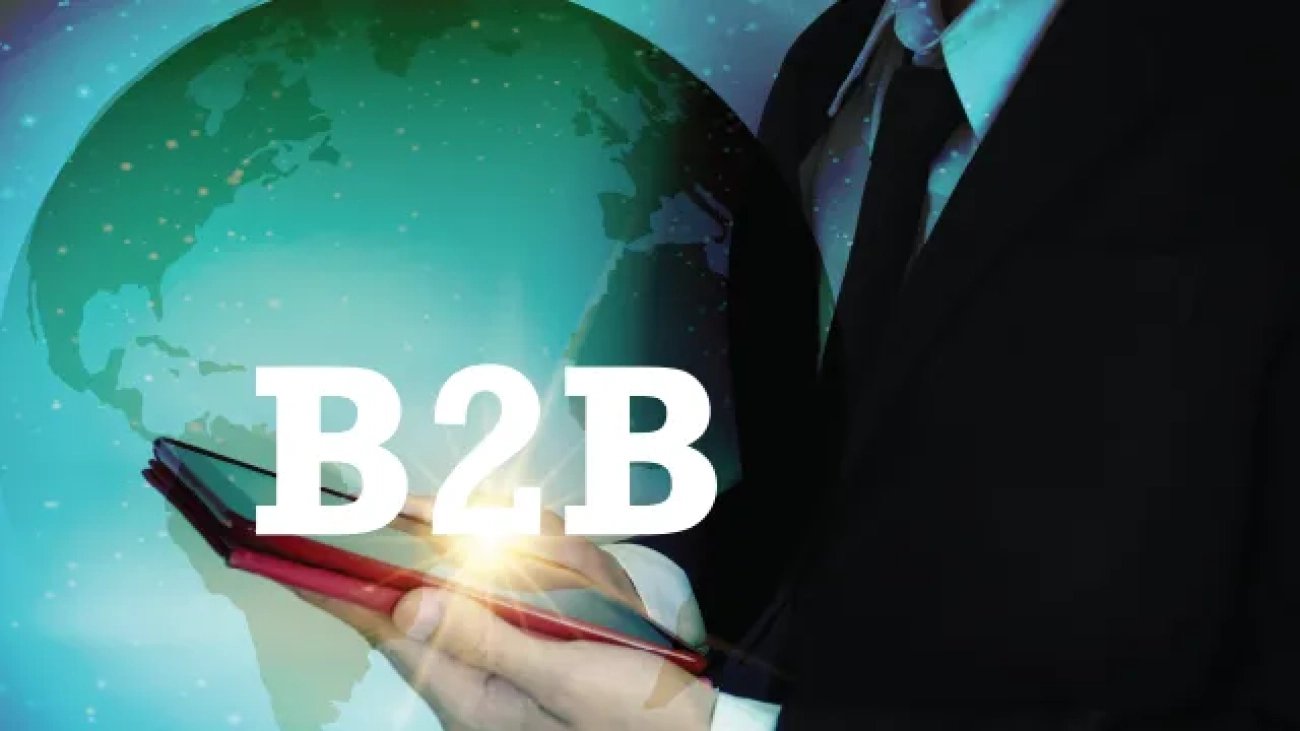As we step into 2025, the landscape of B2B social media is evolving rapidly. Businesses are increasingly recognizing the power of social media to connect with their target audience, build brand awareness, and drive meaningful engagement. But with so many platforms and strategies to choose from, how can B2B marketers stay ahead of the curve?
Essential Platforms for B2B Marketing in 2025
LinkedIn:
The go-to platform for B2B marketing, LinkedIn continues to dominate with its professional network. According to a recent survey, 91% of B2B companies use LinkedIn to generate leads. New features like LinkedIn Live and newsletters are opening up new avenues for reaching professional audiences. LinkedIn’s focus on professional networking makes it the ideal platform for sharing thought leadership content, industry news,and company updates. In addition, LinkedIn’s robust analytics tools provide valuable insights into audience engagement and content performance, allowing marketers to fine-tune their strategies for maximum impact.
Twitter (X):
Known for its real-time updates and concise content, Twitter remains a valuable platform for B2B marketers. It’s an excellent platform for sharing industry news, engaging with thought leaders, and participating in relevant conversations. Twitter’s trending topics and hashtags enable B2B brands to stay on top of industry trends and join in on timely discussions. Additionally, Twitter’s advertising options, such as promoted tweets and targeted ads, allow businesses to reach specific audiences and drive traffic to their websites.
Instagram:
While traditionally seen as a B2C platform, Instagram is gaining traction in the B2B space. Its visual nature makes it ideal for showcasing products, sharing behind-the-scenes content, and engaging with followers through stories and posts. Instagram’s algorithm prioritizes engaging and visually appealing content, making it essential for B2B brands to invest in high-quality visuals and creative storytelling. Features like Instagram Stories, IGTV, and Reels offer diverse ways to connect with audiences and showcase products or services.
TikTok:
The rise of short-form video content has made TikTok a surprising contender in the B2B arena. B2B marketers are leveraging TikTok to create engaging, creative videos that resonate with younger audiences and showcase their brand’s personality. TikTok’s algorithm favors content that is entertaining and engaging, making it an excellent platform for B2B brands to experiment with new and creative content formats. In addition, TikTok’s advertising options, such as in-feed ads and branded hashtag challenges, provide opportunities for businesses to reach a broader audience and drive brand awareness.
Reddit:
Tapping into niche communities on Reddit can be highly effective for B2B brands. Subreddits dedicated to specific industries or topics provide a targeted audience for sharing insights, answering questions, and building a community. Reddit’s community-driven nature makes it an ideal platform for B2B brands to engage in authentic conversations and provide value to their audience. By participating in relevant discussions and sharing valuable insights, B2B marketers can establish themselves as industry experts and build trust with potential customers.
Key Strategies for B2B Social Media in 2025
AI-Powered Content Creation:
Artificial intelligence is revolutionizing content creation. AI tools can generate post ideas, optimize timing and targeting, and analyze performance data. By leveraging AI, B2B marketers can produce higher volumes of quality, data-driven content. AI-powered tools can also help identify trending topics and predict audience preferences, allowing marketers to create content that resonates with their target audience.
Outbound Community Building:
Engaging with influencers and content creators in relevant communities can help B2B brands reach new audiences. By participating in comments sections and contributing valuable insights, brands can increase their visibility and build relationships with potential customers. Collaborating with industry influencers and thought leaders can also enhance a brand’s credibility and authority within its niche.
Video Marketing:
Video content continues to be a powerful tool for B2B marketing. 72% of B2B marketers consider video marketing essential, and it delivers the highest ROI compared to other formats. Webinars, live streams, and short-form videos are effective ways to engage with audiences and showcase products and services. Video content can also be repurposed across multiple platforms, extending its reach and impact.
Personalization:
B2B buyers now expect personalized experiences. Understanding the buyer’s journey and providing tailored content at each stage can significantly enhance engagement and conversion rates. Personalization can be achieved through targeted email campaigns, personalized content recommendations, and customized landing pages. By delivering relevant and timely content, B2B brands can create meaningful connections with their audience and drive higher conversion rates.
Interactive Content:
Polls, quizzes, and assessments invite users to engage directly with the material, creating a two-way conversation. Interactive content is more likely to capture and hold the audience’s attention. By incorporating interactive elements into their content strategy, B2B brands can foster deeper engagement and encourage audience participation.
Statistics to Consider
- 91% of B2B marketers use content marketing in their strategies.
- 60% of B2B buyers make their final purchase decisions based on digital content.
- 75% of B2B buyers use social media to help make their buying decisions.
- B2B digital ad spending in the U.S. is expected to reach $19.22 billion in 2025.
- 64% of the global population uses some form of social media.
Conclusion
As we look to the future, B2B social media will continue to play a crucial role in marketing strategies. By staying on top of emerging trends, leveraging the right platforms, and adopting innovative strategies, businesses can build stronger connections with their audience and drive long-term success. The key to successful B2B social media marketing in 2025 lies in understanding the unique characteristics of each platform, creating high-quality and engaging content, and continuously adapting to the ever-changing digital landscape.
By embracing AI-powered tools, focusing on personalized experiences, and leveraging the power of video and interactive content, B2B marketers can stay ahead of the competition and achieve their marketing goals. The future of B2B social media is bright, and those who are willing to innovate and adapt will undoubtedly reap the rewards.









